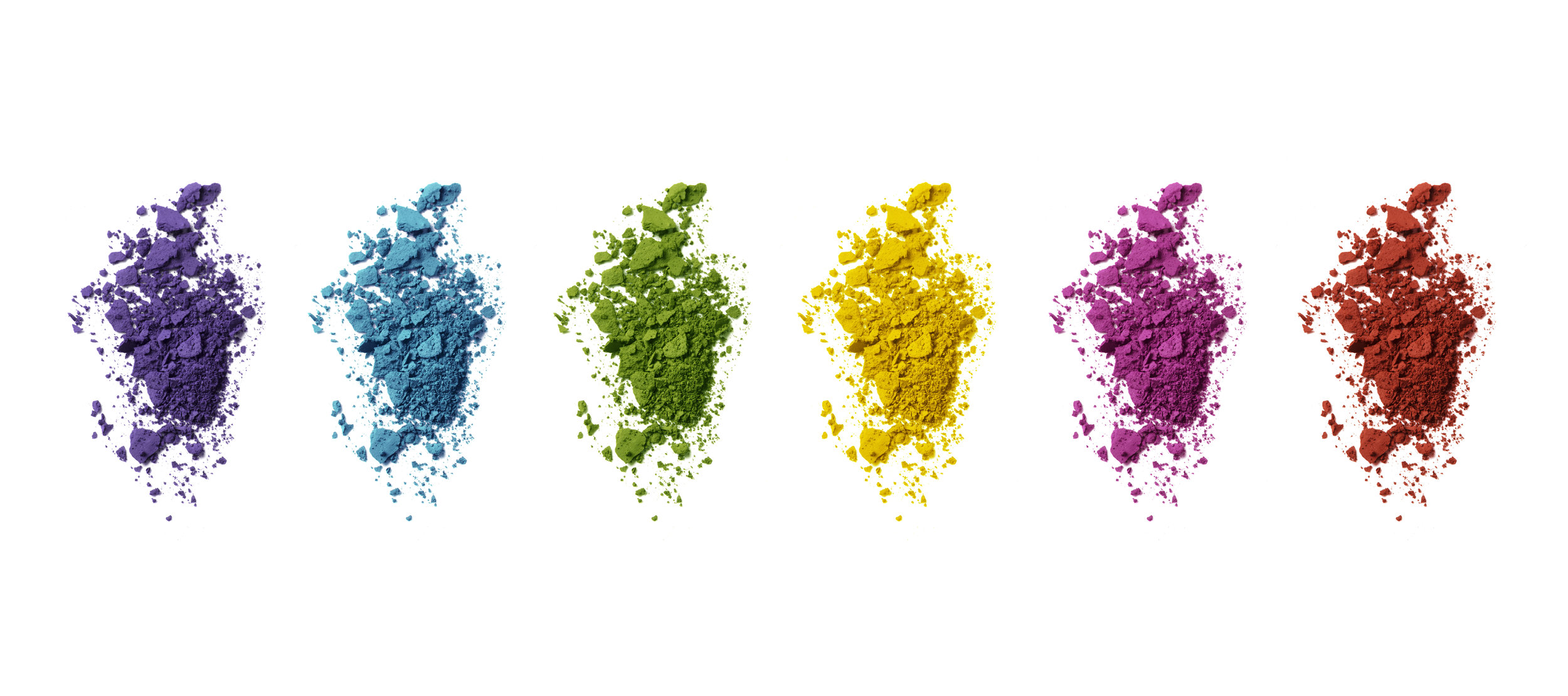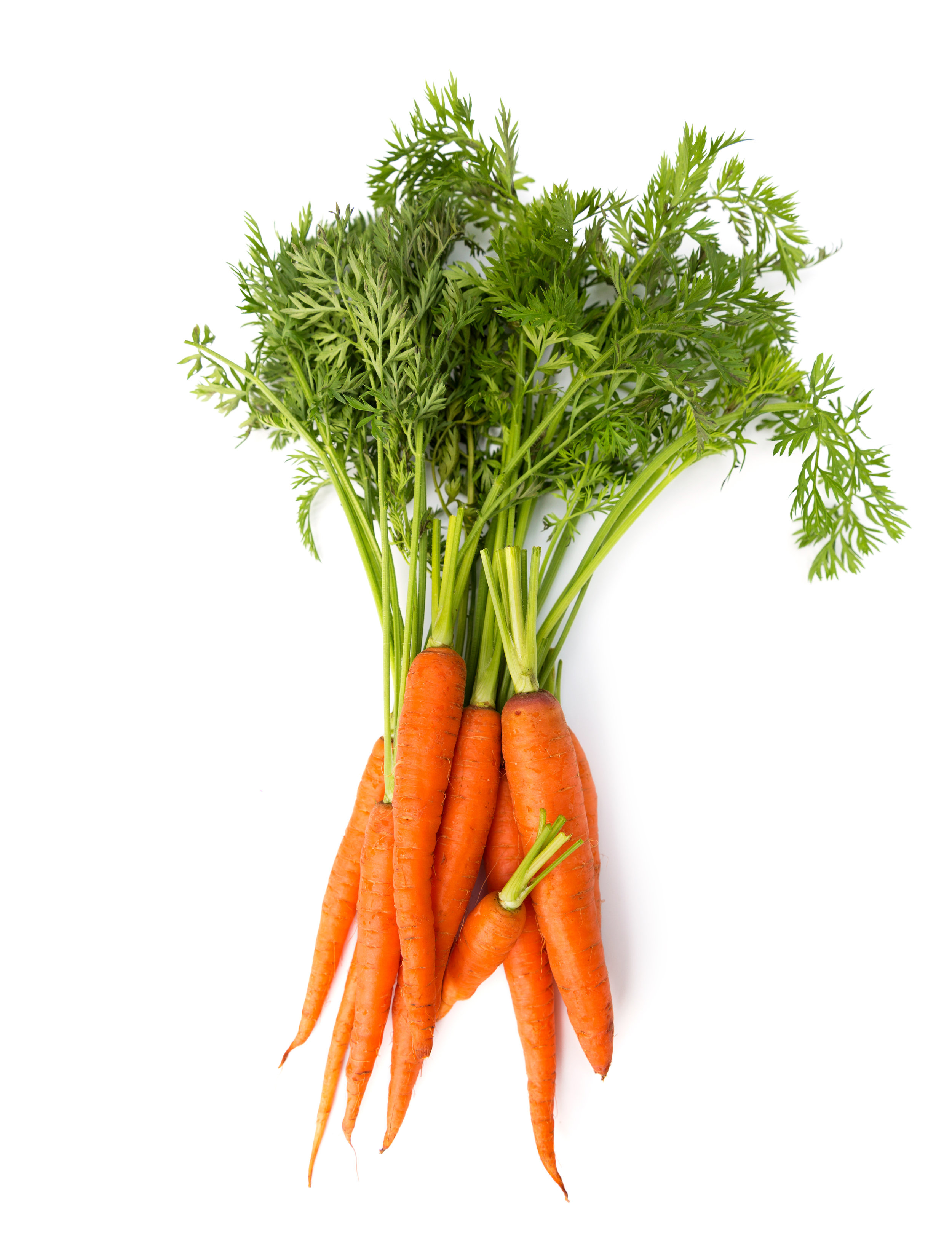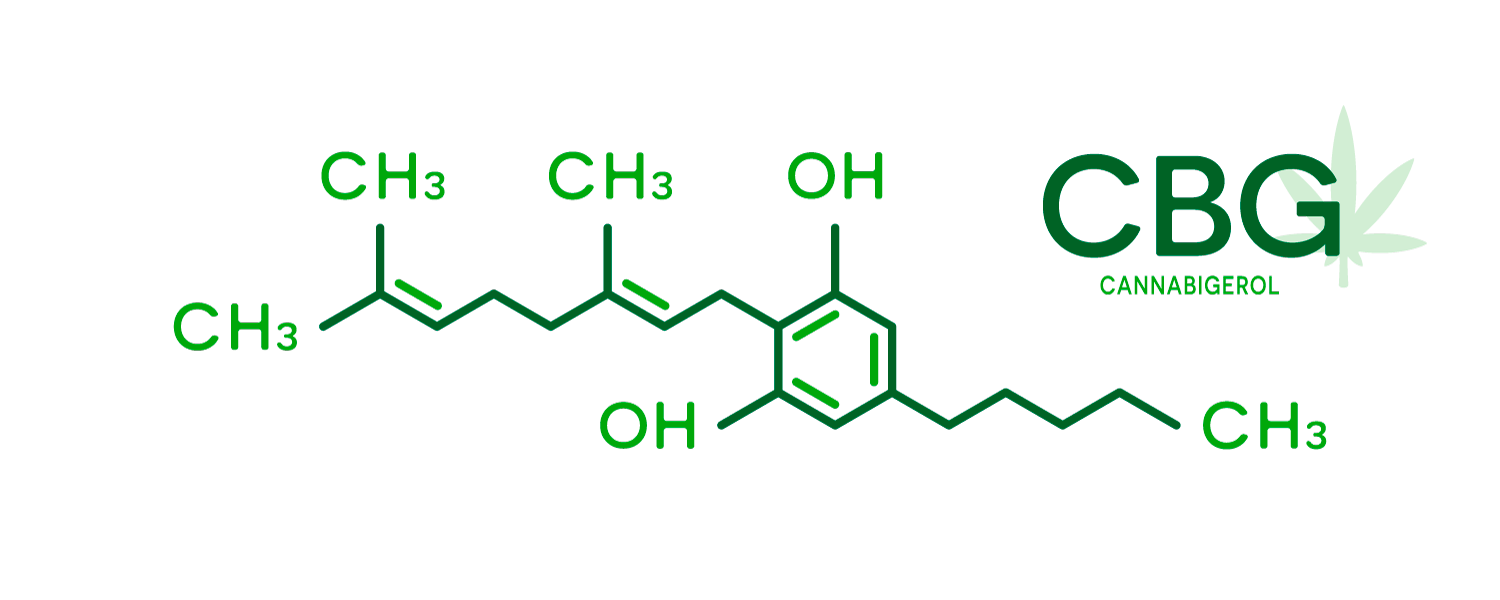With so many CBD products currently on the market and very little regulation, do you actually know what you’re paying for? Is your CBD oil actually high quality, or is it snake oil disguised in fancy (or perhaps not-so fancy) packaging?
In this recent surge of CBD products entering the market, there has been a huge marketing push towards “pure” and “pharmaceutical-grade” CBD because pure is better, right? Well, not so fast. Let’s first talk about purity and when purity is a good thing, and when it’s not so good.
There are many different levels to purity as it relates to CBD oil.
Purity as it pertains to CBD products is absolutely crucial when it comes to things like pesticides, fungicides, herbicides, heavy metals, mycotoxins, microbiological organisms such as E.coli and Salmonella, residual solvents such as hexane, and foreign material. Since the cannabis plant is a bio-accumulator, it will absorb toxins and heavy metals from the air, water, and soil. Later, when the cannabis oil is extracted, a solvent is typically used. So in this regard, a pure CBD oil should be free from all of these potential contaminants. A third-party laboratory test backed by a valid Certificate of Analysis (CoA) is the best way to determine if what you’re getting is “pure.”
If you’re worried about all of these potential contaminants or the

If you’re worried about all of these potential contaminants or the common astringent taste of CBD oil, CBD isolate — also known as single molecule CBD — is the purest/cleanest form of CBD available on the market. CBD isolate is typically 99.5+ percent pure CBD, so it is often called “pharmaceutical grade.” CBD isolate is totally THC-Free, so it’s been a safe bet for those sensitive to or opposed to consuming THC, or someone who gets drug tested for employment. Yet it’s what the CBD isolate lacks that makes it the least effective form of CBD on the market. Even though it’s pure in the sense that it’s the cleanest form of CBD out there, CBD isolate is devoid of the other therapeutic plant compounds and phytonutrients that existed in the plant before the CBD was isolated from the plant material. These missing components can be divided into several different categories, including:
1) Other major / minor phytocannabinoids
2) Plant Flavonoids / Pigments
3) Terpenes
4) Bio-thiols
5) Lipids, vitamins, minerals, & other phytonutrients
All of these above constituents are found naturally in whole plant CBD oil and are thought to contribute to a phenomenon known as the “Entourage Effect.” In fact, studies have shown that when CBD is isolated from the other plant compounds, it is less effective than a whole plant / full spectrum extract.
Closely related to CBD isolate is another form known as CBD distillate. Distillate is made using a scientific process called ‘fractional distillation’ or ‘short path distillation’ used to remove the cannabinoids by their specific boiling points, especially THC. The CBD distillate then undergoes another process where the THC is mitigated so that it meets the Federal 0.3% THC guidelines for hemp derived CBD oil. In the end, CBD distillate generally has less than 0.3% THC and very little to no minor cannabinoid content, has a very mild flavor because the pigments/flavonoids/terpenes have been totally stripped from the material, and has a beautiful golden color because it’s been beautified and passed through special filters. In essence, CBD distillate is very similar to CBD isolate but it exists in an oil or semi-crystalline form rather than a true crystalline form. By the way, anyone who tells you that CBD isolate is “CBD oil” just because it’s blended into a carrier oil like olive oil or MCT oil is either grossly misleading you or is extremely uneducated. In sum, like CBD isolate CBD distillate contains very little to none of the list of whole plant enumerated above.
Since CBD distillate is relatively easy to make and the consumer demand has been high for a CBD oil that doesn’t taste strong or bitter and appear dark in color, CBD distillate is making its way into more and more products. Unfortunately, in many peoples’ minds the lighter the color and the milder the flavor of a CBD product correlates to a higher quality product, when in fact the opposite is really true. A true high quality whole plant CBD oil will be somewhat astringent and spicy, with a dark amber to black color - similar to molasses.
WHY SOW EDEN
So now that we’ve discussed ‘purity’ and how it relates to different types and qualities of CBD oil, let’s talk about what Sow Eden is all about. We do not use CBD isolate in any of our products, ever. We do, however, use a zero-THC broad spectrum distillate in our topical products, including our facial serum, roller and body butters. The main reason why we prefer to use a broad

spectrum distillate over the whole plant oil in our topicals is because the whole plant oil has a very strong, distinctive aroma. On the other hand, the distillate has a very mild scent, so when you slather our topicals all over your skin, you won’t smell distinctly like cannabis. Don’t worry though, our topical products are full of other minor cannabinoids and essential oils. The high concentration of terpenes present in the therapeutic grade essential oils we use allows the CBD to penetrate deeper into the skin where it interacts with sub-dermal cannabinoid receptors.
In our tinctures (except for Comfort because the whole plant oil is too strong in flavor and will overpower the subtle vanilla flavonoids), we use the absolute best zero-THC whole plant CBD oil available on the market. Our whole plant approach means that the oil retains a much broader spectrum of the therapeutic compounds listed above and below. Since we’re really pushing this whole plant concept, we wanted to go into a little more detail on each one of the categories of beneficial compounds found in the whole plant CBD oil we use. We think it will be very informative and a helpful resource to know what else you’re getting besides CBD. It’s not just about the total milligrams of CBD in a product! It’s about the total package!

This is our whole plant oil after it’s been blended with our premium MCT (Medium Chain Triglyceride) carrier oil for our tinctures. Notice the dark amber color of the oil. Isolate or distillate based tinctures will be clear to very light gold in color, and they will have very little to no taste. Our oil has a very distinctive flavor profile due to the whole plant elements below. Some sneaky companies take CBD isolate or distillate and blend it into hemp seed oil and then they call it full spectrum oil. Hemp seed oil is virtually devoid of phytocannabinoid content, so this is extremely misleading.
FLAVONOIDS
All plants including cannabis synthesize secondary metabolites called ‘flavonoids’ or ‘bioflavonoids’. Flavonoids are primarily responsible for the coloration (pigments) and aroma of flowers, stalks, leaves, and other photosynthetic tissues. Flavonoids protect plants from different biotic (living) and abiotic (environmental) stresses and act as unique UV filters, defensive compounds, and have a wide array of other biological functions such as frost hardiness and drought resistance. Flavonoids can be divided into several subgroups: chalcones, flavones, flavonols and isoflavones. Each of these subgroups have their own health boosting benefits.

Flavonoids come in many different colors. These pigments have unique aromas and perform a specialized function in each and every plant.
Numerous studies have shown that flavonoids are highly pharmacologically active and possess anti-oxidative, anti-inflammatory, anti-mutagenic and anti-carcinogenic properties coupled with their ability to modulate key cellular enzyme functions and boost the immune system. Thus it is safe to say that dietary flavonoids play an important role in human health, much like vitamins.
In addition to many common flavonoids found in nature, Cannabis produces specific flavonoids known as cannflavins including cannflavin A, B, and C. A recent study has highlighted the powerful analgesic (pain relieving) and anti-inflammatory properties of cannflavin. If you thought aspirin was great, cannflavin may be up to 30 times more powerful!. Unfortunately, flavonoid research specifically related to cannabis remains vastly understudied due to the impossible hurdles set forth by the DEA and FDA, two federal agencies who have repeatedly ignored scientific evidence for the therapeutic value of cannabis and cannabinoids.
Carotenoids are another class of health boosting accessory pigments found in the cannabis plant and whole plant CBD oil. Carotenoids have two key functions in plants: they absorb light energy for use in photosynthesis, and they protect the chlorophyll molecule from UV light degradation. By the way, are you ready for the ‘Fall colors?’ You may be surprised to learn that the beautiful red, orange, and yellow hues of the autumn leaves owe themselves in part to carotenoid compounds. The most well known of these carotenoids is beta-carotene, which is found in carrots. B-carotene is bright orange or yellow in color. Carotenoids can act as powerful antioxidants and are believed to have cancer-fighting properties, as well as strengthening the immune system.
THE MINOR CANNABINOIDS
Although THC and CBD have received most of the press, there are possibly up to 100 or more cannabinoids present in the cannabis plant. Currently, most cannabis testing labs only test for some of the more dominant minor cannabinoids including CBG (Cannabigerol), CBC (Cannabichromene), CBDV (Cannabidivarin), and CBN (Cannabinol). CBD-rich or high CBD/low THC varieties of cannabis also known as hemp contain elevated levels of these other minor cannabinoids, but once the oil is purified or the CBD molecule is isolated these minor cannabinoids are removed or destroyed. Yet by removing these other therapeutic compounds, the benefits are literally stripped out of the oil.


What other benefits, you ask? CBG, for example, can be used to combat inflammation, pain, nausea, and it has shown to slow the proliferation of cancer cells. CBDV is great for the treatment of pain and mood disorders. CBN helps with sleep. The list goes on. Now we must not forget the therapeutic value in the synergy of these minor cannabinoids along with CBD. The entourage effect is real.
In case you didn’t know, the whole plant CBD oil we use in our sublingual tinctures like Boost, Soothe, Balance, and Pet Love contains a very broad spectrum of minor cannabinoids including CBG, CBC, CBN, CBDV, yet there is no THC. Each bottle of our tincture contains a guaranteed 750+ mg CBD and an additional 35-40 mg of the minor cannabinoids, taking each bottle to over 800 mg total phytocannabinoids! You’re not just paying for CBD devoid of other cannabinoids.
TERPENES
The flavonoids discussed earlier are not the only scent molecules present in the cannabis plant that add to the sensory experience. Terpenes are volatile (easily evaporated) organic scent molecules that can be equated to the ‘essential oil of cannabis.’ Like peppermint, eucalyptus, or roses, each specific cannabis variety contains a unique profile of terpenes that give that special strain a characteristic aroma. Terpenes are synthesized in the plant for a variety of reasons, including attracting pollinators and as deterrents to predators.

There is more to terpenes than simply adding aroma to plants. Terpenes contribute to the overall synergistic effect of the cannabis experience. Remember, with whole plant CBD oil it’s the entourage effect we’re after. CBD isolate or distillate products contain little to no terpene content since they’ve been stripped of these therapeutic compounds during the manufacturing process. Perhaps you’ve heard the terms Indica / Sativa when it comes to cannabis? But what you may not know is that it’s really the terpene profile that dictates the overall effect of the cannabis more so than the levels of THC and CBD.
There are over 200 known terpenes in the cannabis plant, and it is safe to say that many of them possess therapeutic benefit. Since our whole plant CBD oil is not stripped of pigments like chlorophyll, it contains a terpene called Phytol. Phytol can help reduce pain and relieve inflammation by reducing cytokine production and oxidative stress. Read more about Phytol here.
If you taste our plain CBD oil, it has a characteristic taste of pine pitch, roasted coffee, incense and dark chocolate. It’s the terpenes and flavonoids present that create such a bold flavor profile. If a CBD oil is stripped of terpenes, flavonoids and other bioactive phytonutrients, it will not be as therapeutic. So, many companies add the terpenes back in and claim ‘full spectrum CBD’, but it’s just a marketing ploy by sneaky companies looking to take advantage of buzzwords and trends.
HE TOTAL SYNERGISTIC PACKAGE
The goal of this blog was to demonstrate that all of the bio-active compounds found in whole plant CBD oil have major therapeutic value. We suggest that the next time you buy a CBD product, we encourage you to not just search for the highest milligram value of CBD for the best price. What else is in the CBD product besides just CBD? If your go-to CBD tincture is clear or very light in color, or it has virtually no taste, it means that the CBD oil has been stripped of its whole plant goodness. You might be paying a lower price, but in the end you’re really paying the price of not getting whole plant medicine. You’re going to use more of the cheaper and lower quality product, which in turn translates to more money being spent in the long run.
At Sow Eden, we want you to reach your wellness goals faster. It’s very important for us to educate you on all of the key differences because so many companies out there could care less about the quality and efficacy of product they’re putting out on the market.
Thank you so much for taking the time to read this blog!

